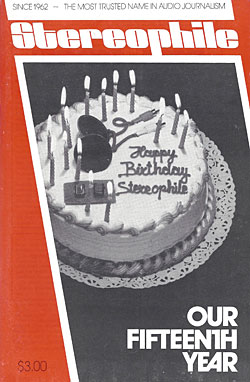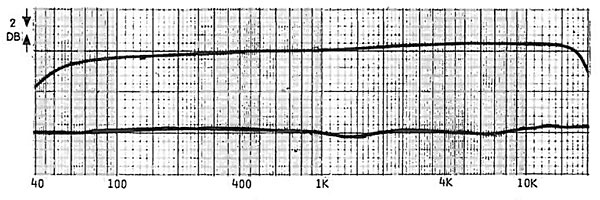| Columns Retired Columns & Blogs |
Alleluia for this article!
You can no more say that there is a definitive high end system than you can say that Bach or Mozart or Beethoven is absolutely the greatest of all composers.
There are standards, but not absolute ones. Musicality (in the ear of the concert going listener) trumps accuracy (whatever that is!)
 Many years ago, the now-defunct Life magazine ran a feature article about science and its sacred cows, in which a cartoon showed a huge inverted pyramid-shaped structure of great complexity, tapering downward to a single support at its base: a toothpick. The toothpick was labeled "basic premise," the inverted pyramid was the entire body of scientific knowledge.
Many years ago, the now-defunct Life magazine ran a feature article about science and its sacred cows, in which a cartoon showed a huge inverted pyramid-shaped structure of great complexity, tapering downward to a single support at its base: a toothpick. The toothpick was labeled "basic premise," the inverted pyramid was the entire body of scientific knowledge.







































